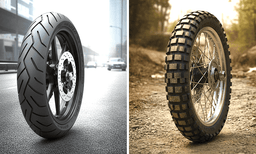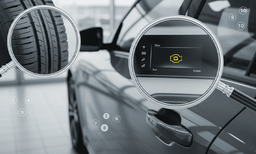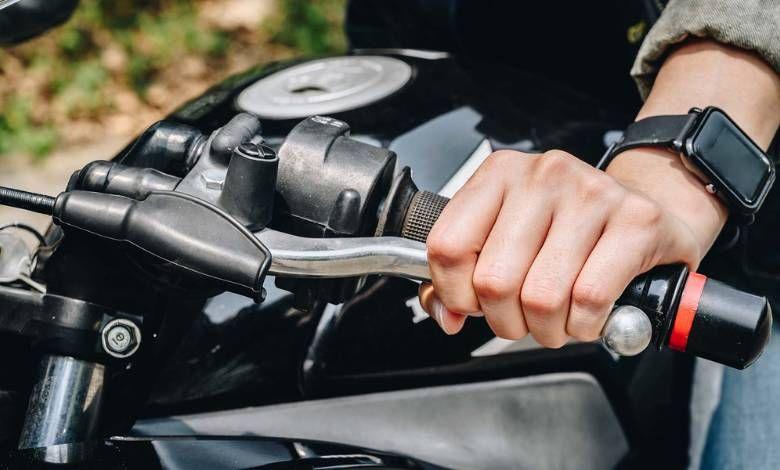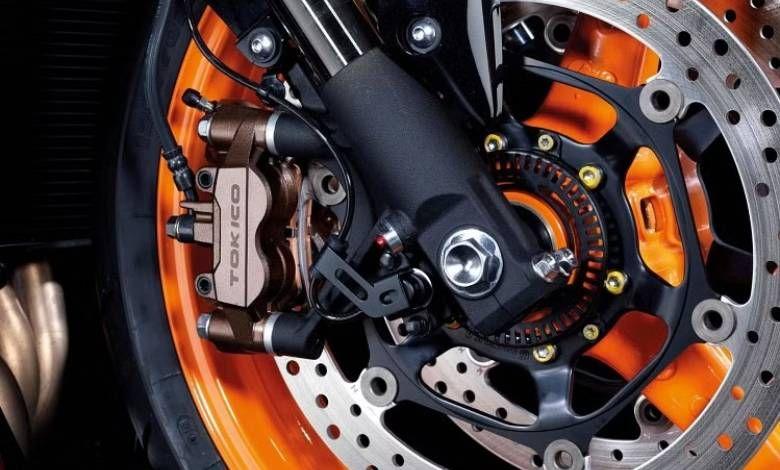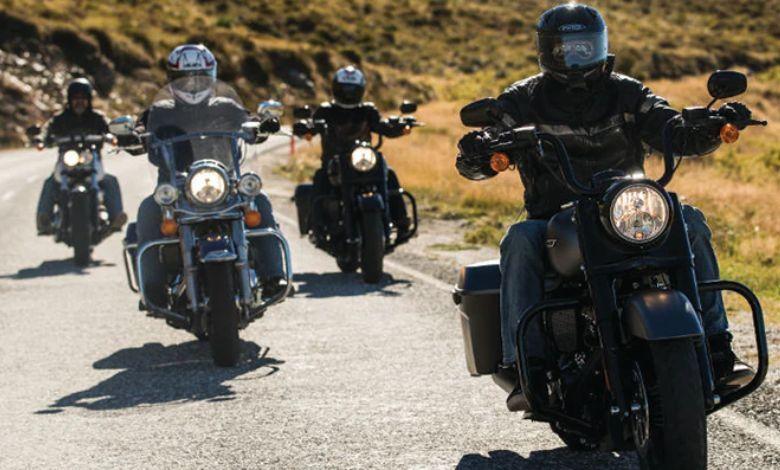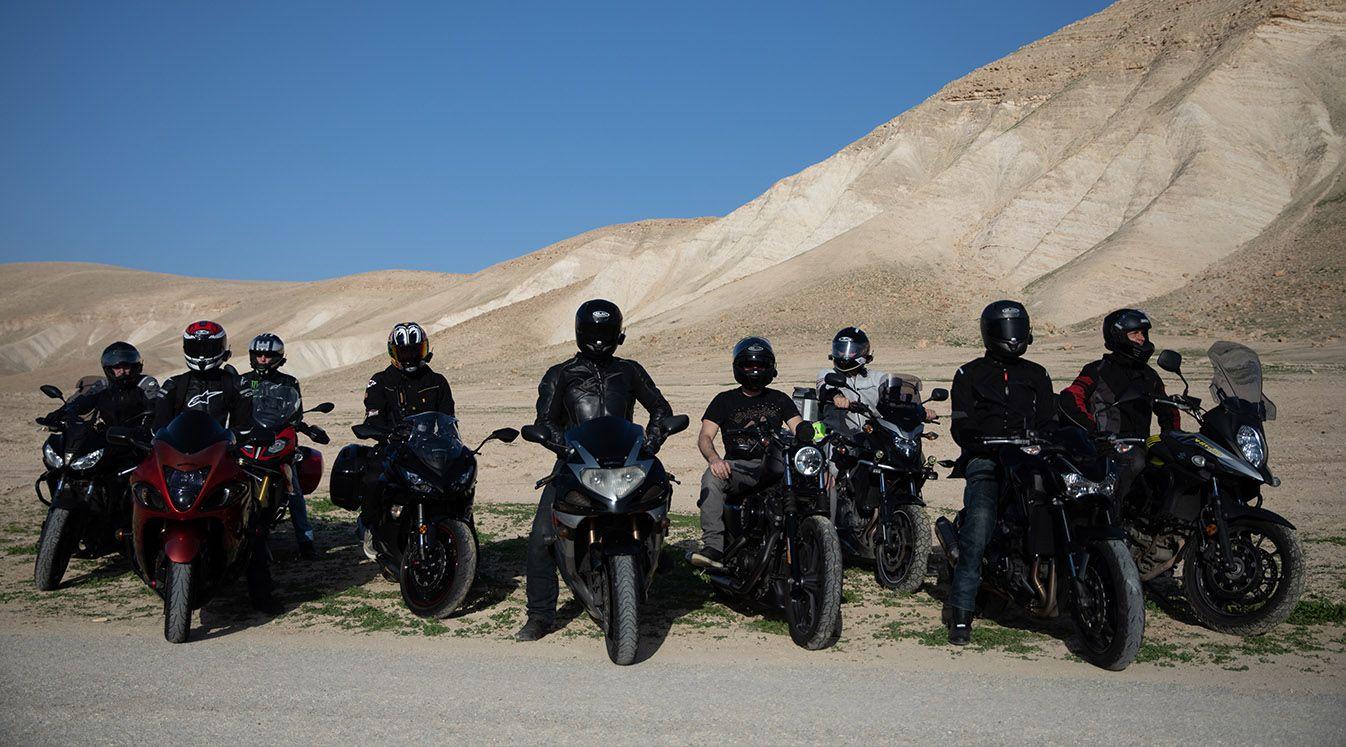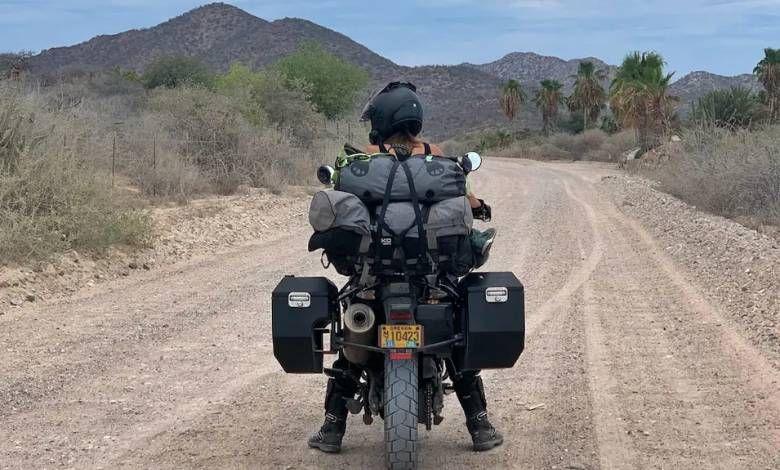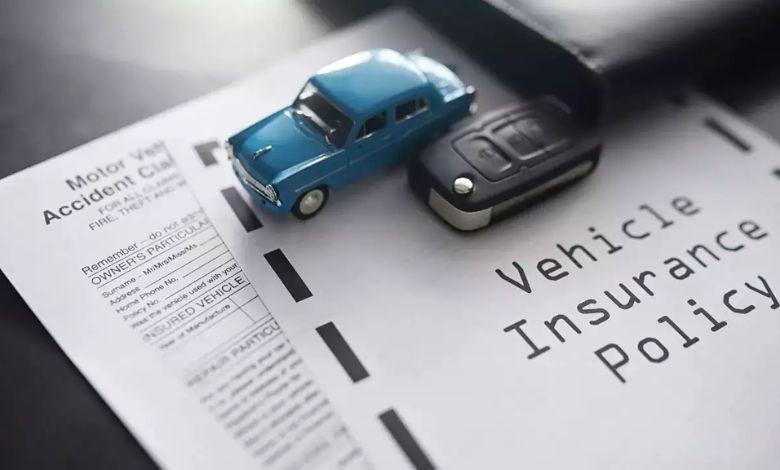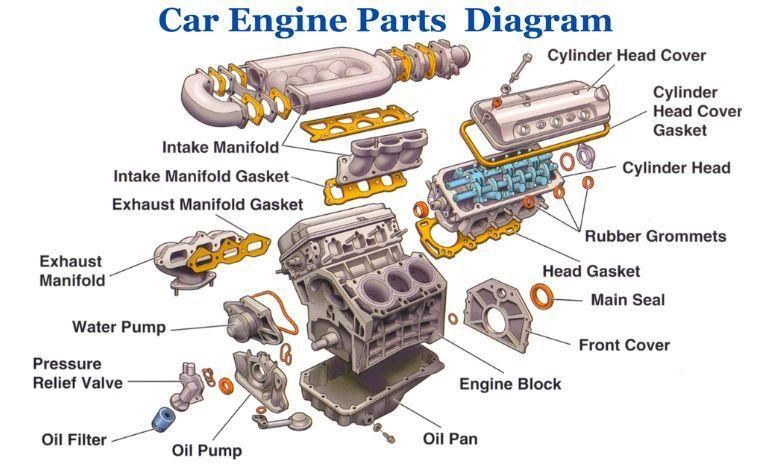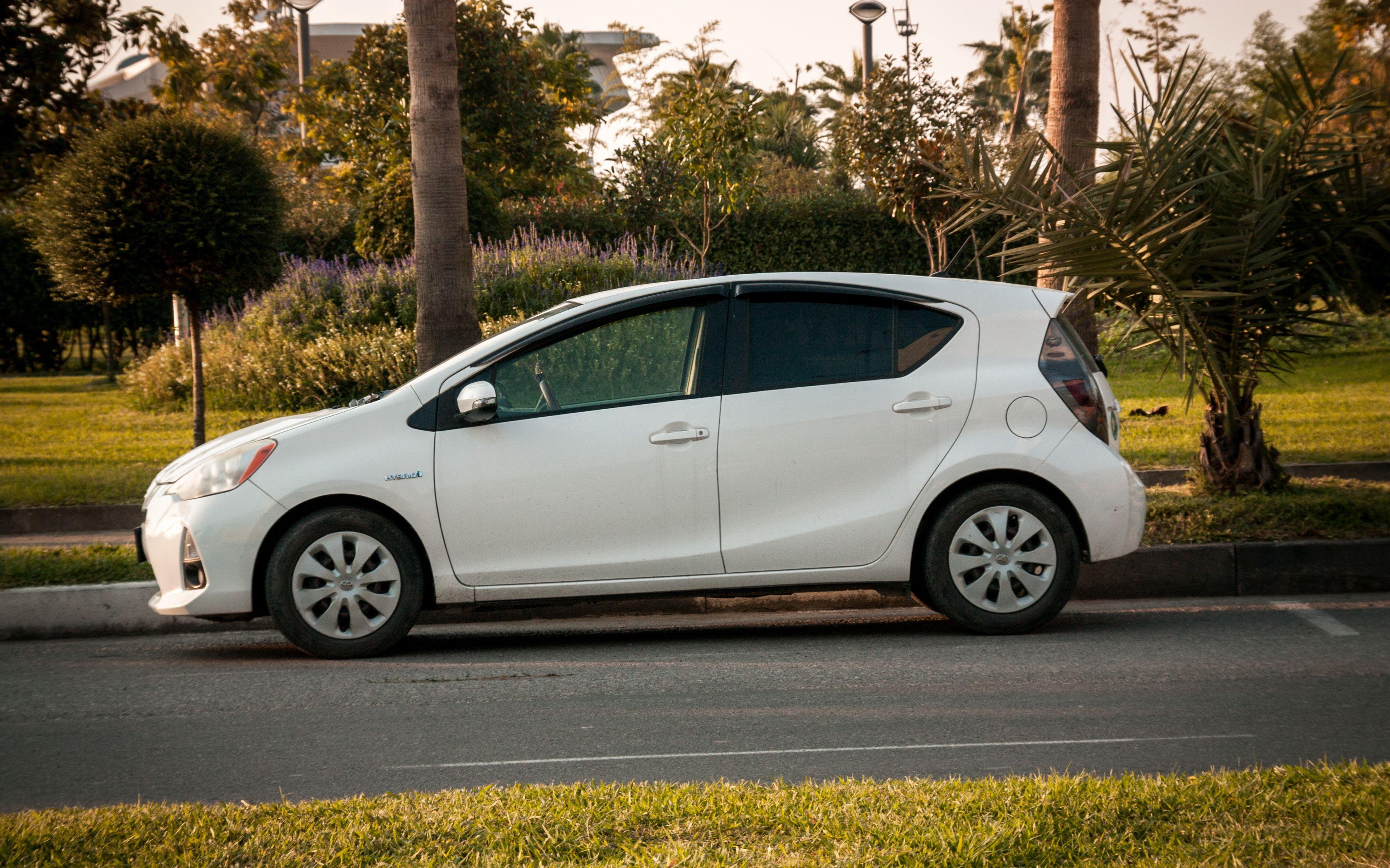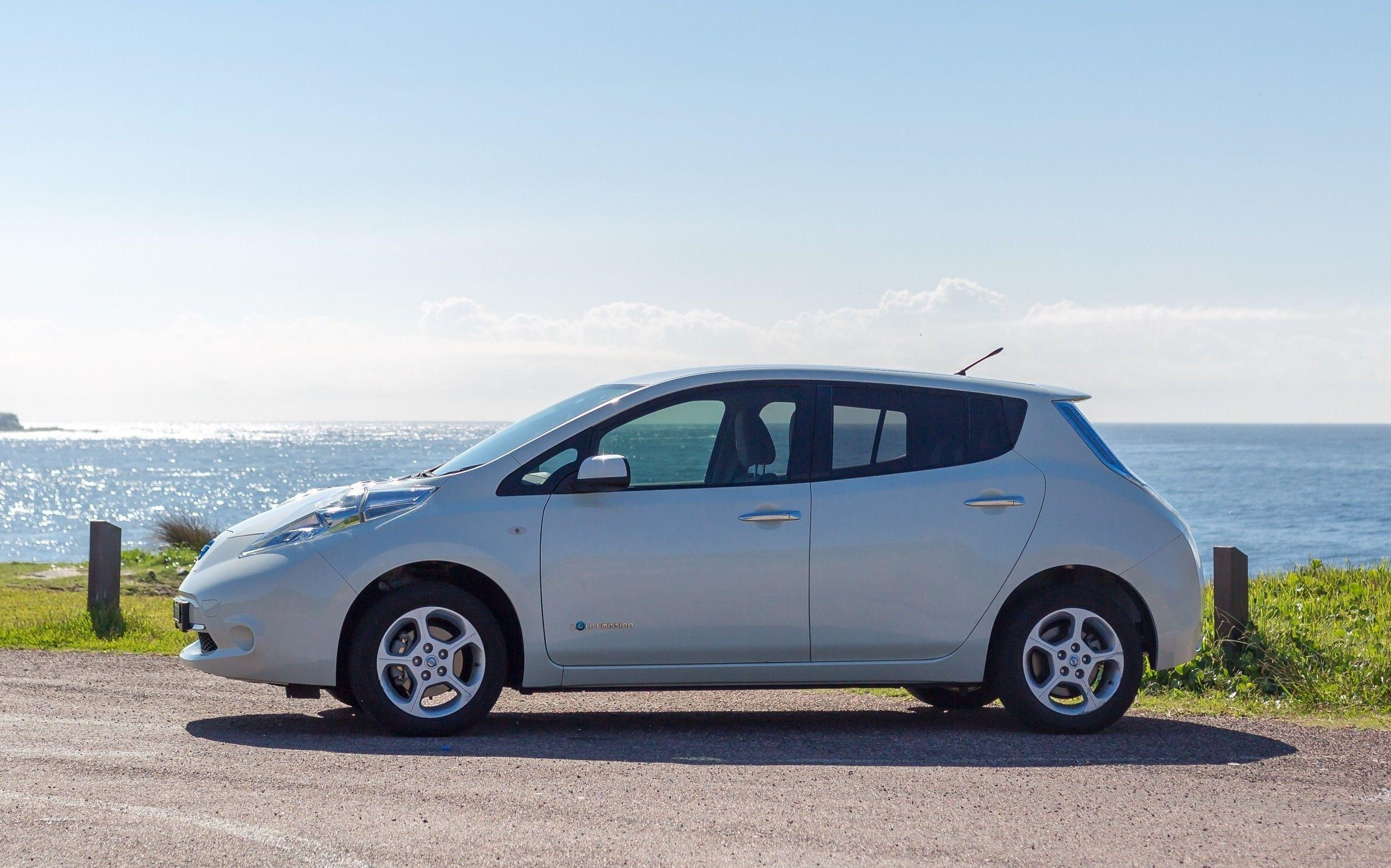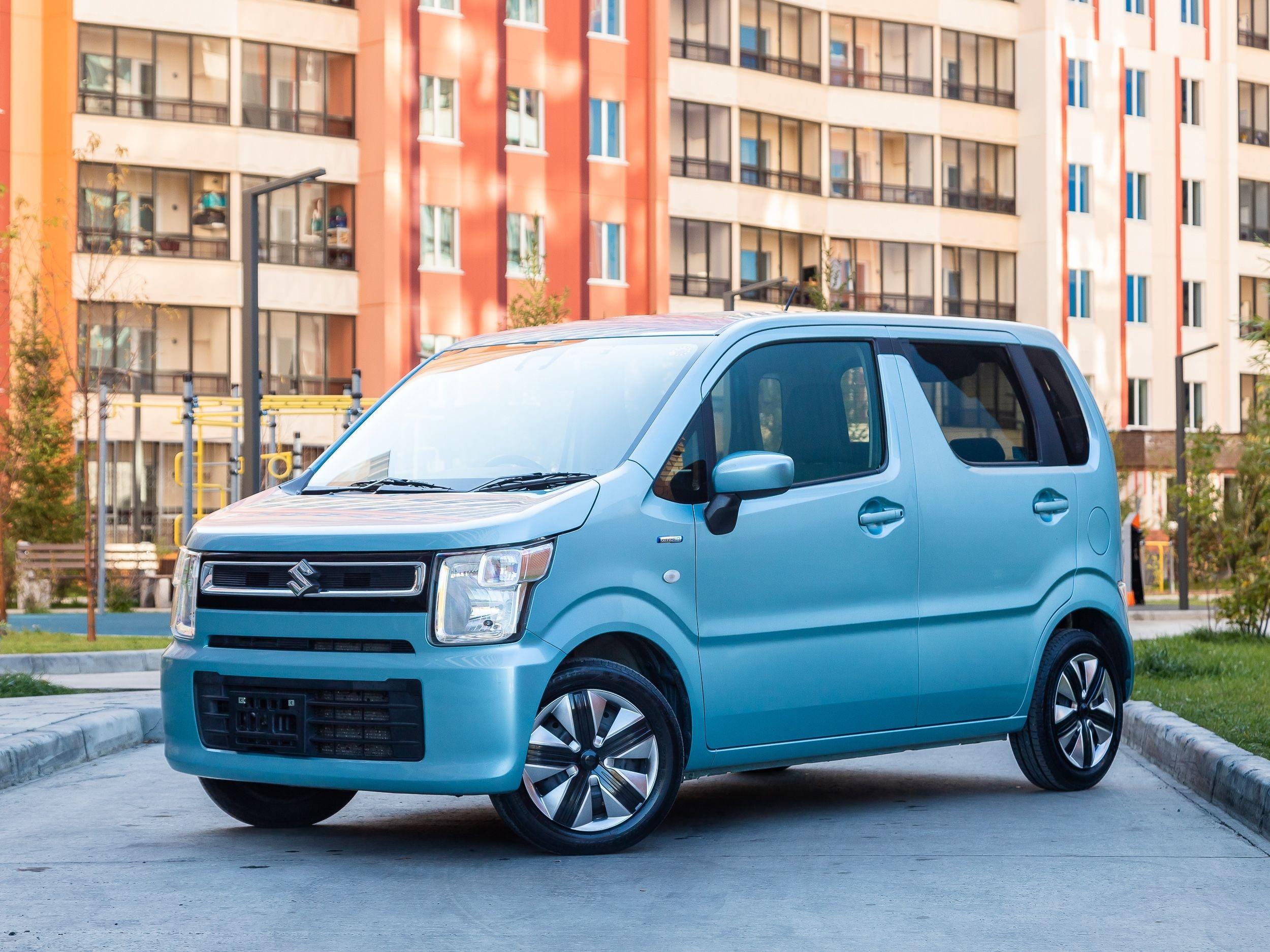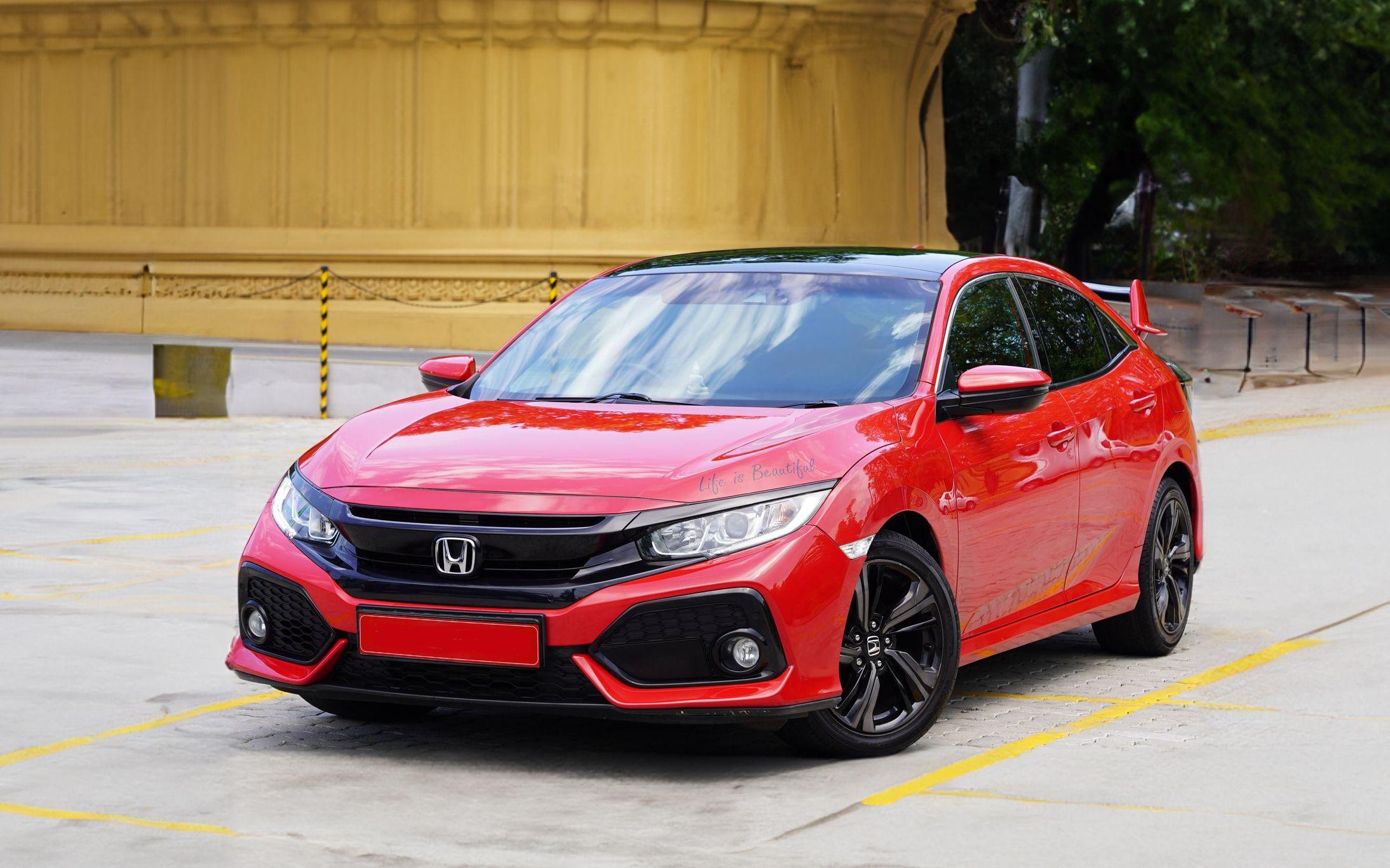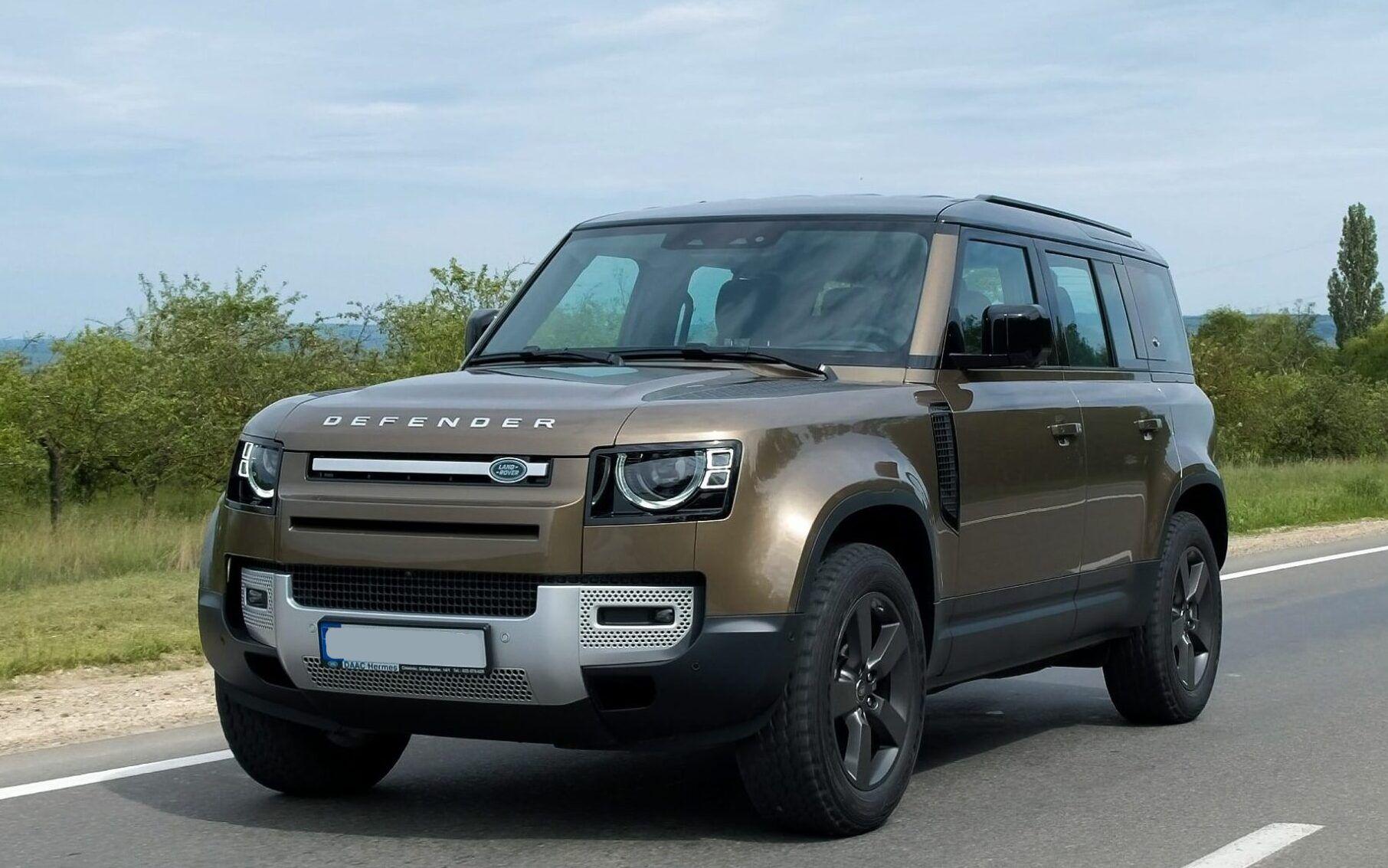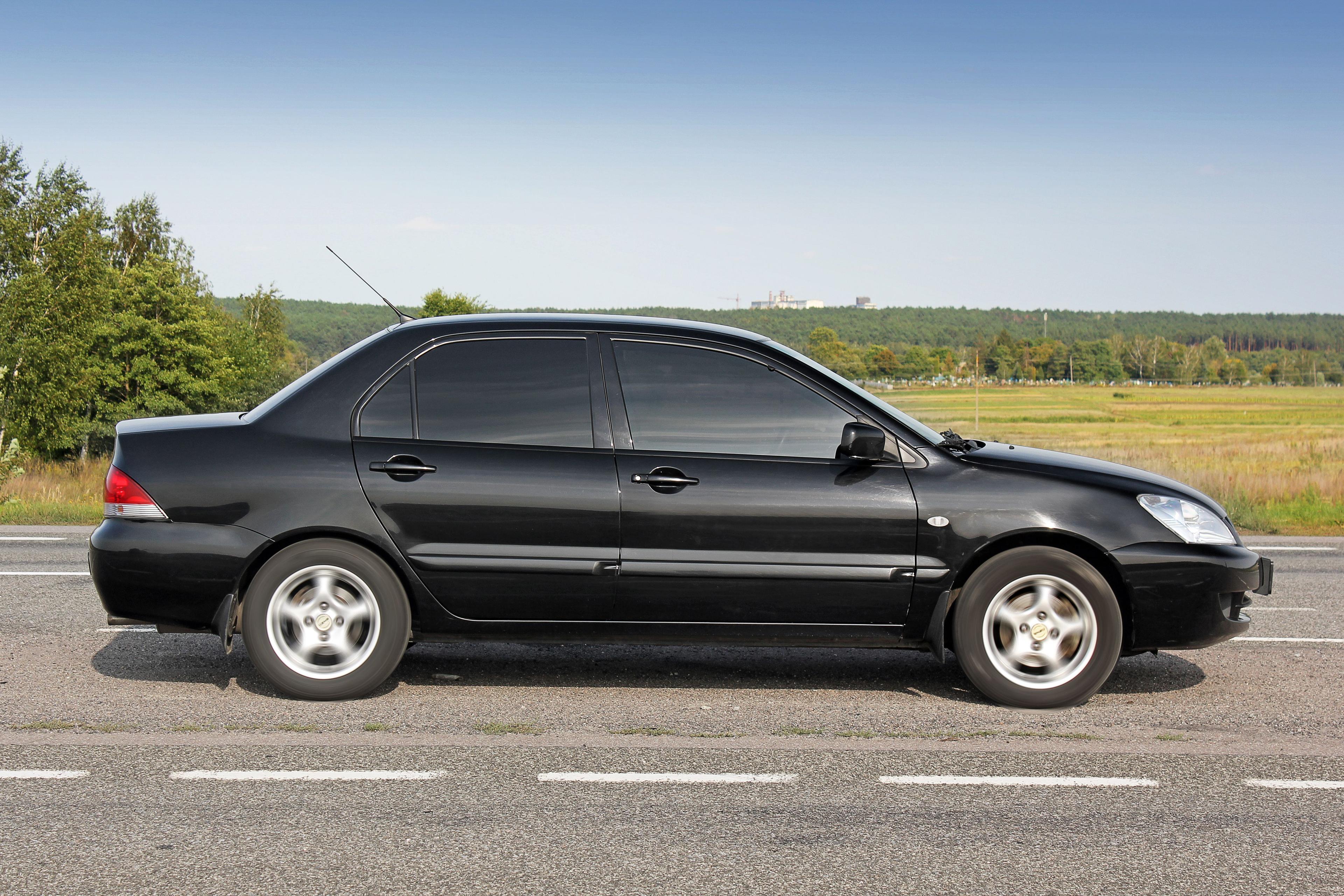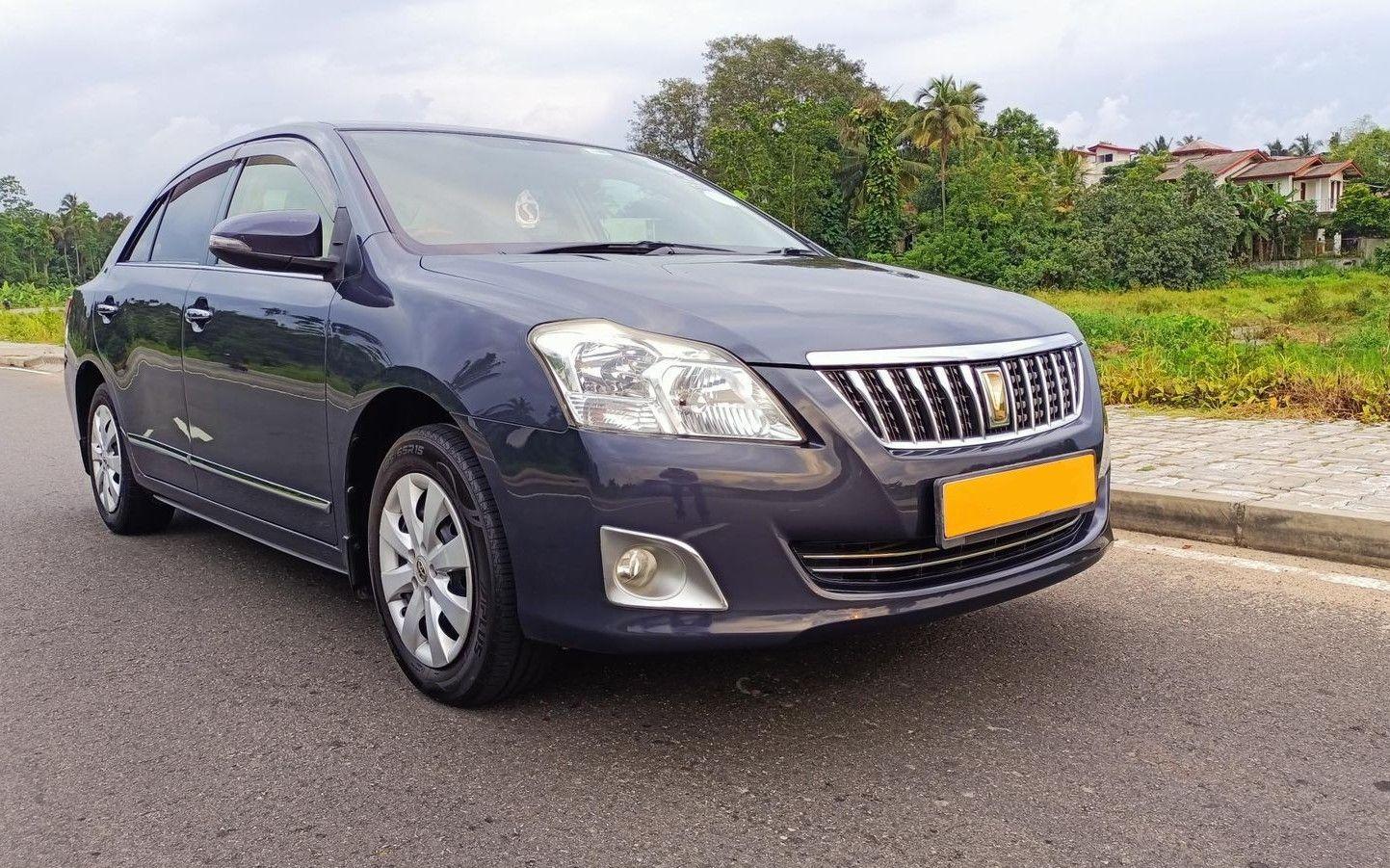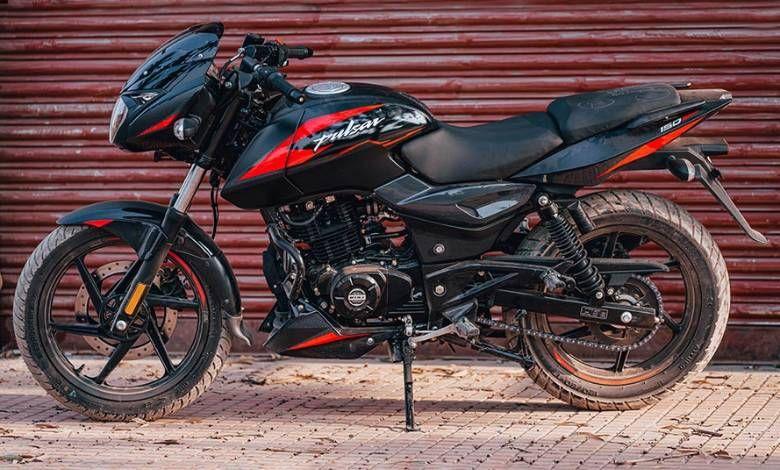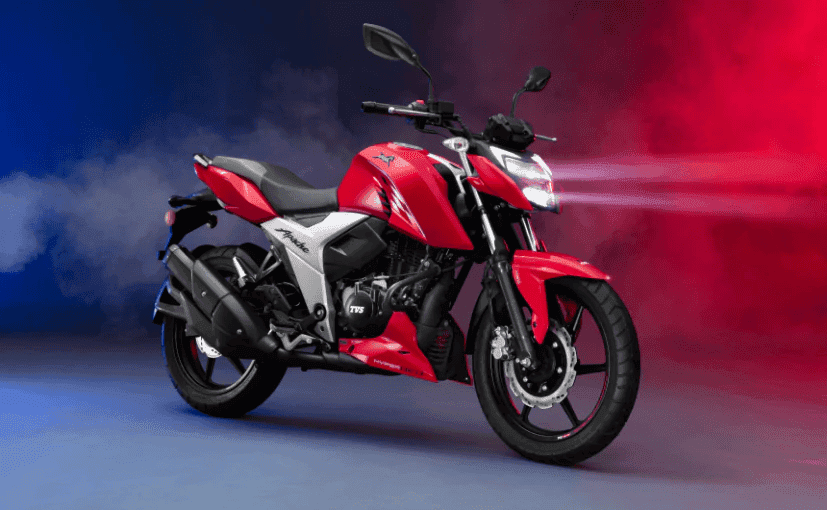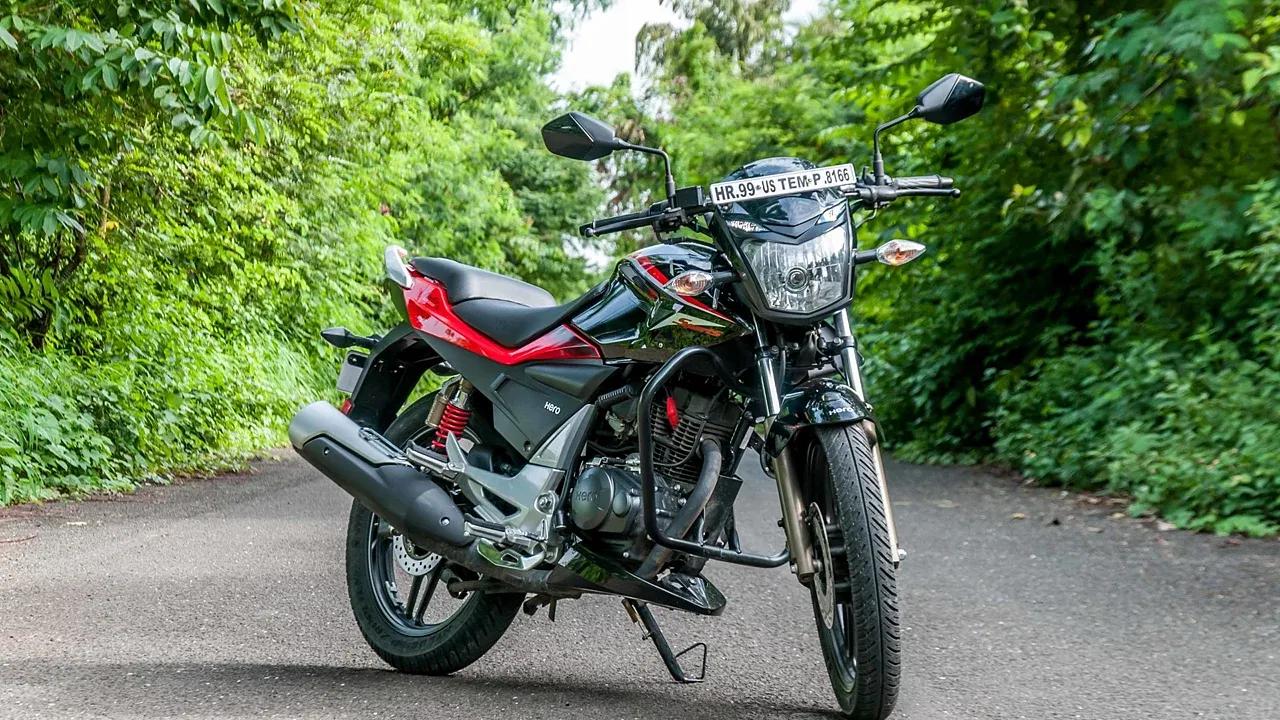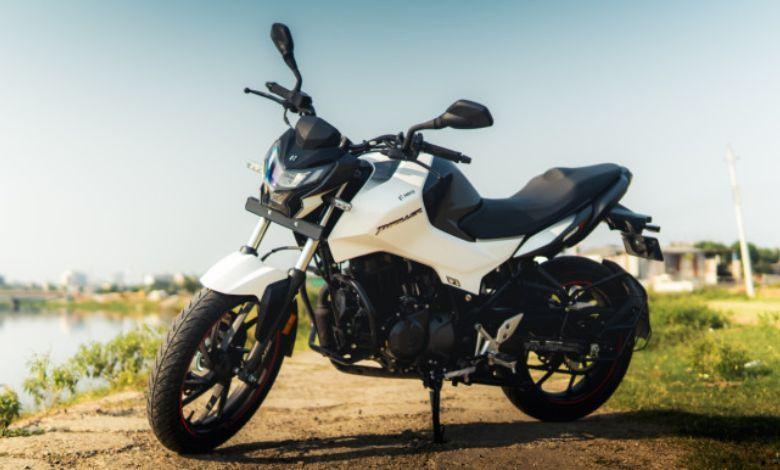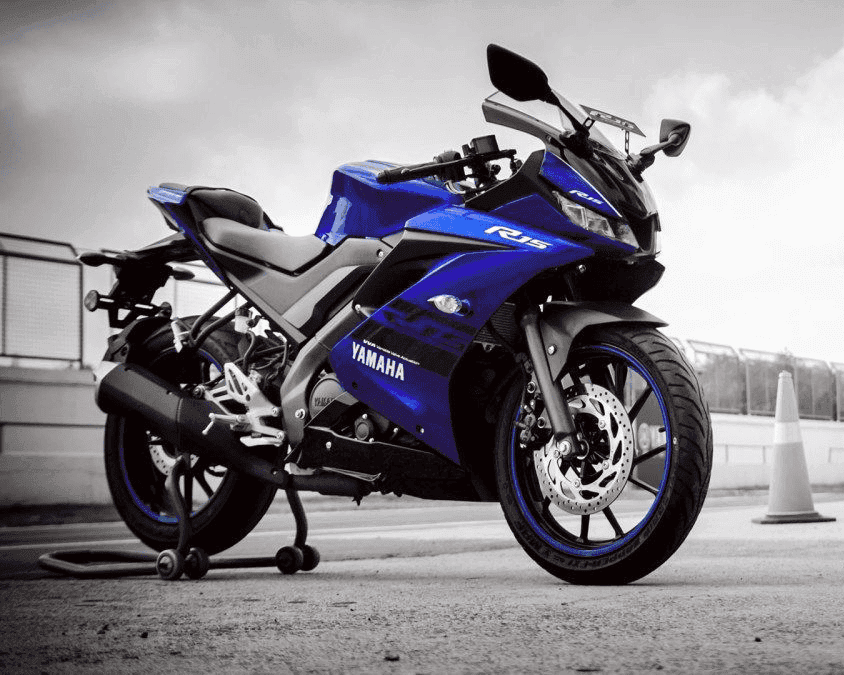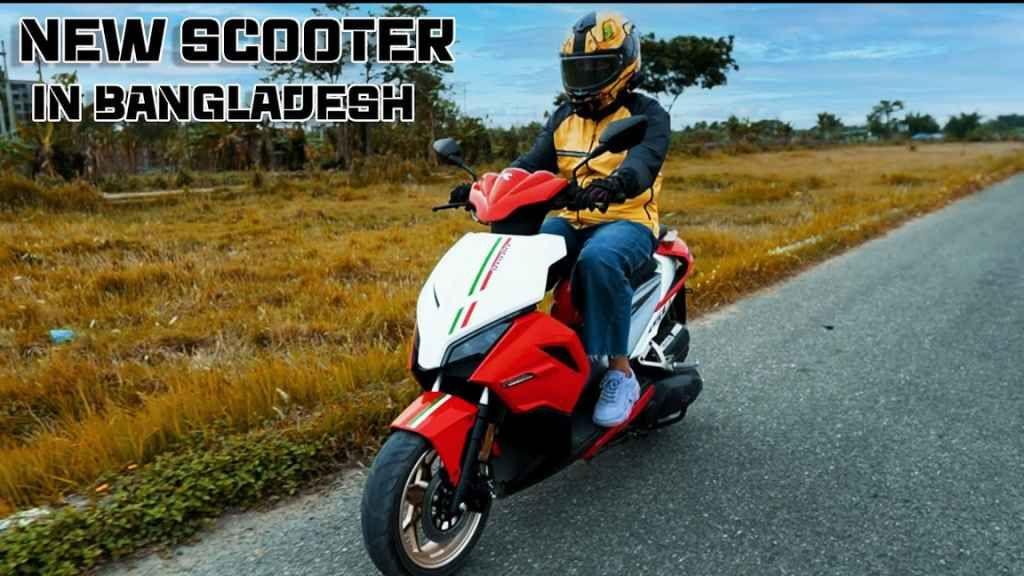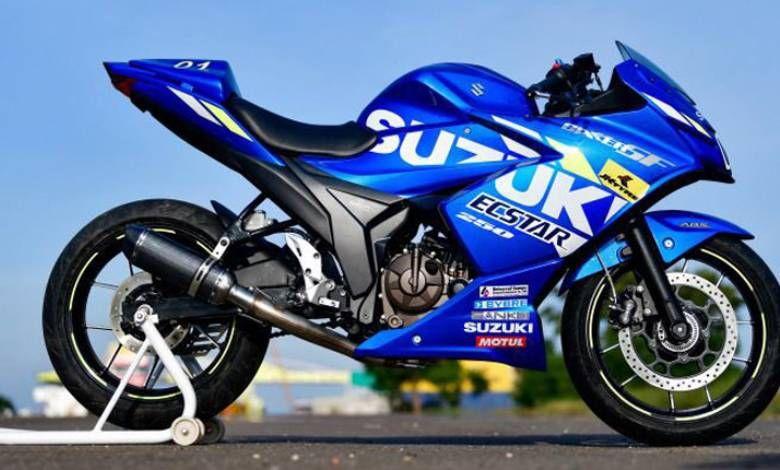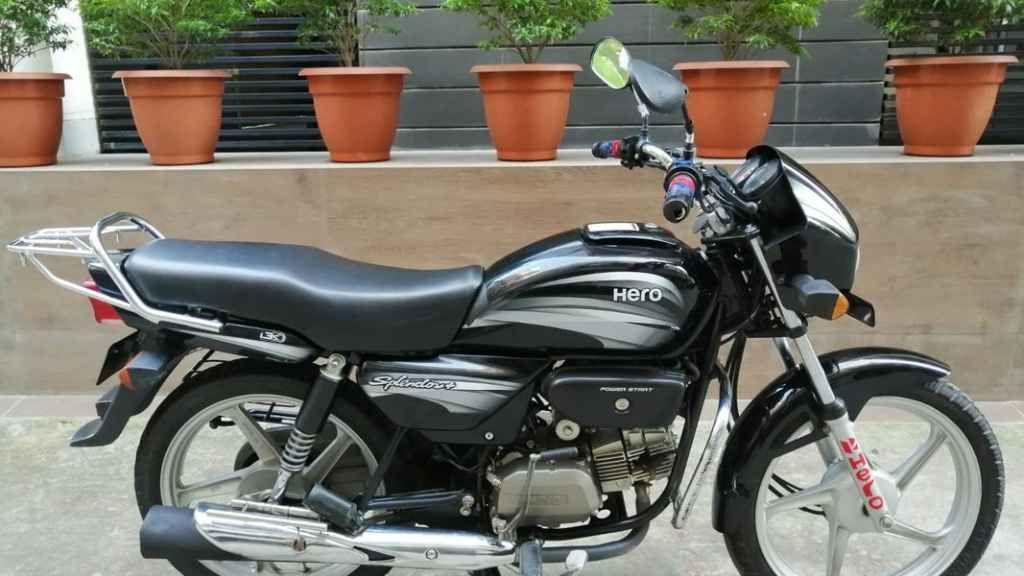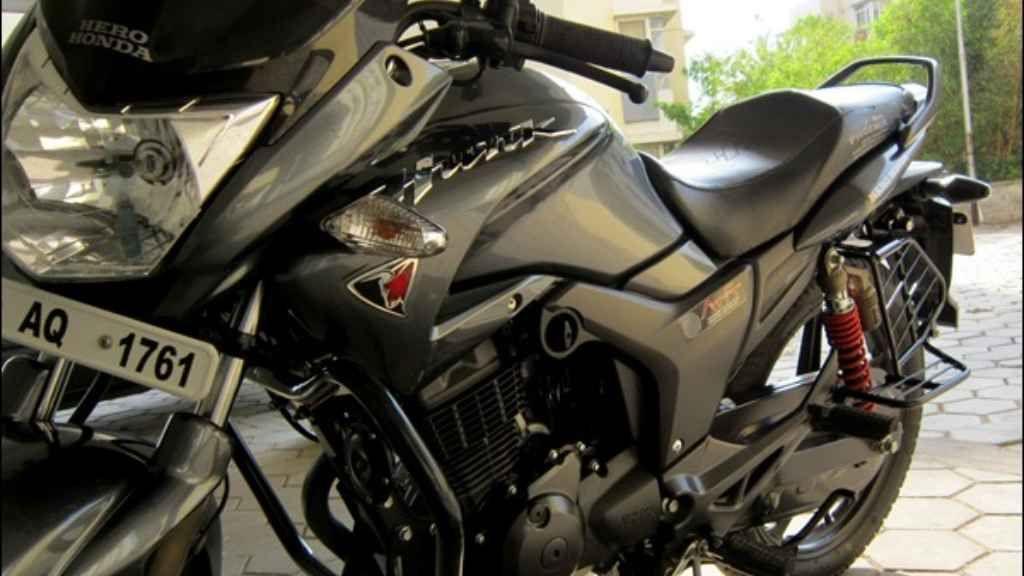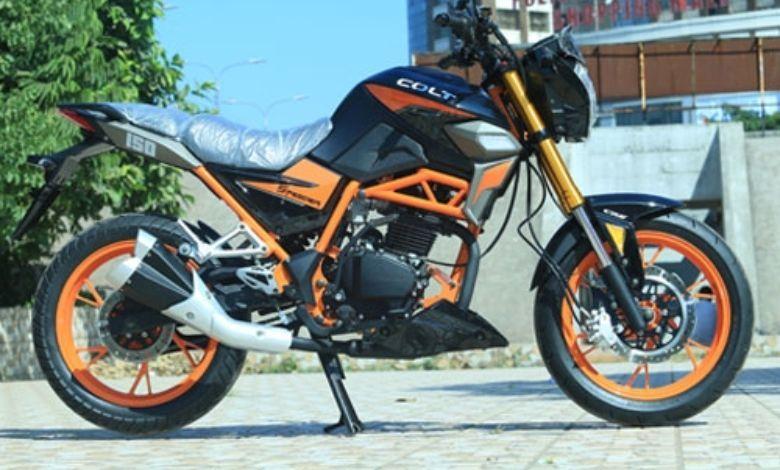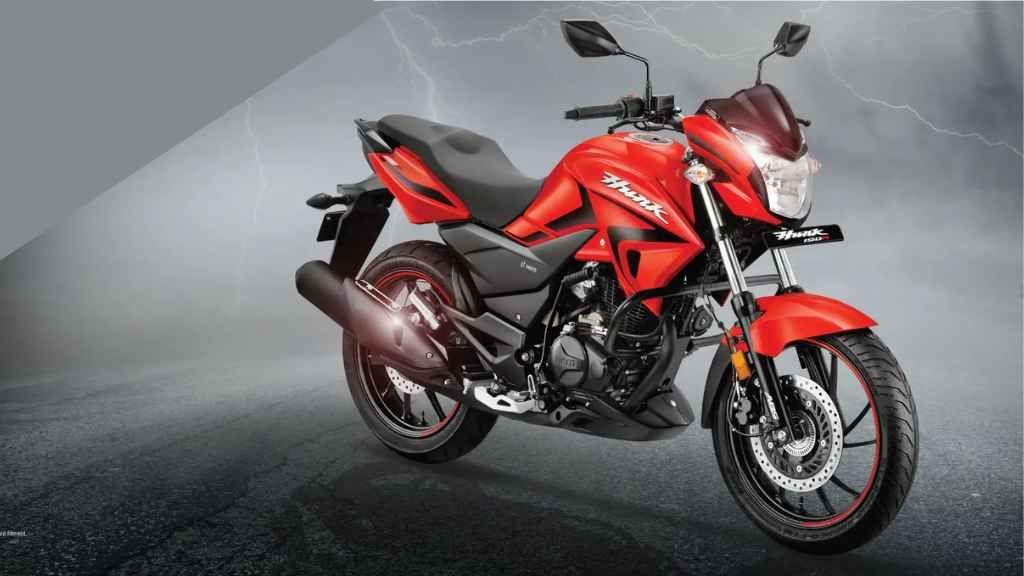Basic Rules for Learning to Ride a Motorcycle for Beginners
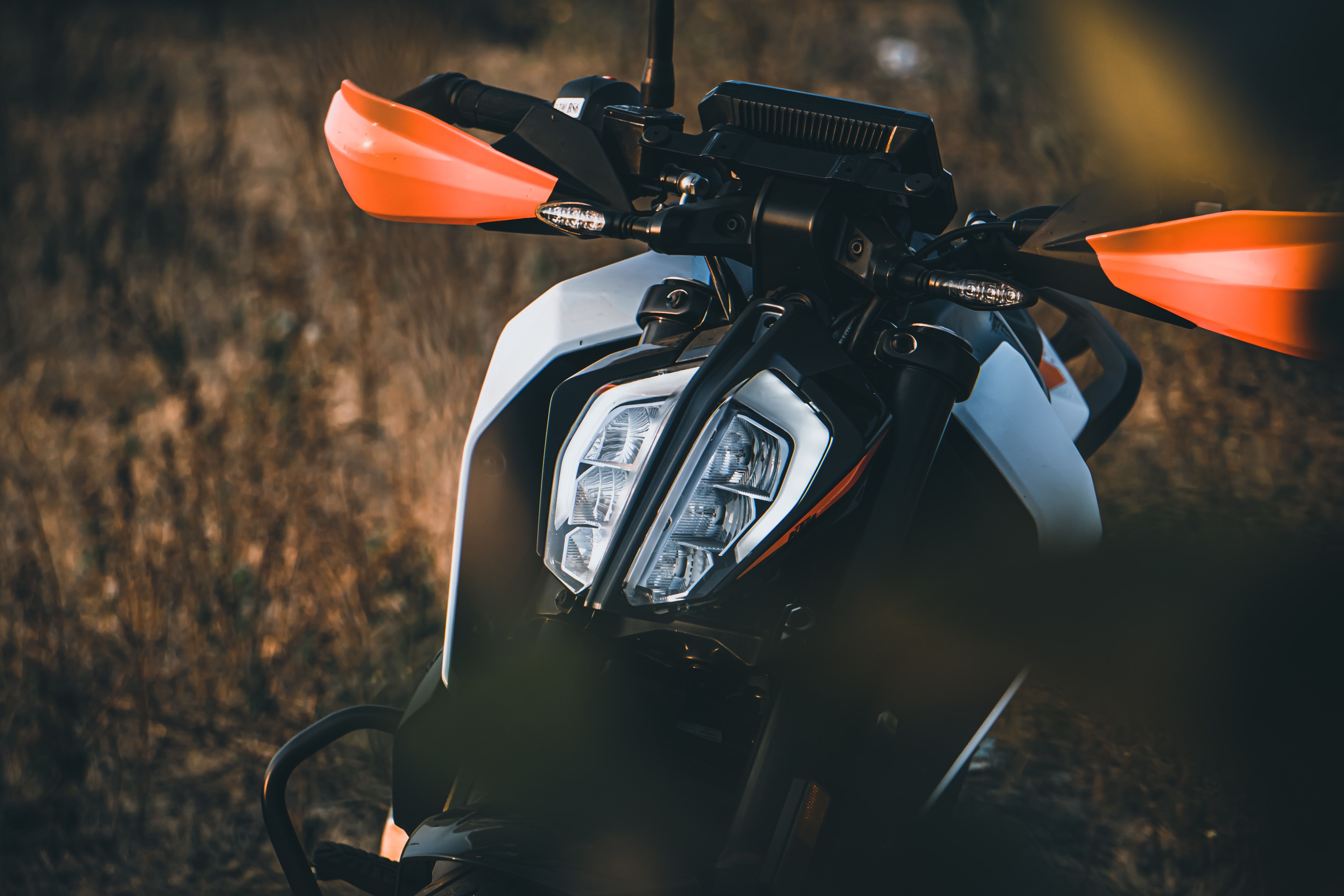
If you are a new motorcycle rider, you must know certain rules and regulations. If you lack prior experience and are not fully aware of bike riding rules, it can be life-threatening at any moment. If you’re a beginner, first learn to ride safely and properly.
Before beginners start learning, a few tips should be followed: always wear safety gear and a certified helmet. This is the most important thing. Then, master the bike’s braking system thoroughly. Gradually get used to engine braking as it’s very effective. A common problem among beginners is their eagerness to compete with other bikes. This dangerous habit must be avoided — instead, focus on experiencing and enjoying riding. Without enough experience, you must not ride long tours or highways in excitement.
Motorcycle Riding for Beginners
Keep these basic points in mind -
- Ride slowly. Keep your speed limited to within 40 km/h.
- Always wear a helmet, even if your destination is nearby. Wear riding gear (gloves, jacket, shoes).
- Learn how to use gears and the clutch for engine braking.
- Avoid riding in rainy weather and on muddy roads.
- Pay special attention to banana peels, children, elderly people, road curves, junctions, and stray dogs.
- Be cautious when switching lanes.
- Always check ahead before overtaking another vehicle.
When riding a bike for the first time, the very first thing you must do is wear proper safety gear. Learn about all the controls of your motorcycle beforehand — how to shift gears, apply brakes, signal, where the headlight and horn switches are, where the engine kill switch is, etc. Adjust the rearview mirrors properly. Never ride without a helmet.
On your first day, choose a quiet but paved road for practice. Some suggest learning in open fields, but the risk is high because wet grass (especially in winter or rainy season) can cause slips. However, if no better place is available, fields can still be used.
Always follow traffic rules when riding. Accidents are unpredictable. For your safety and that of others, ride cautiously. Be extra careful at turns, using mirrors properly. Stay alive, and you’ll not only enjoy riding but also share your experiences with others. Make your rides safe by remembering and practicing these simple but essential tips.
